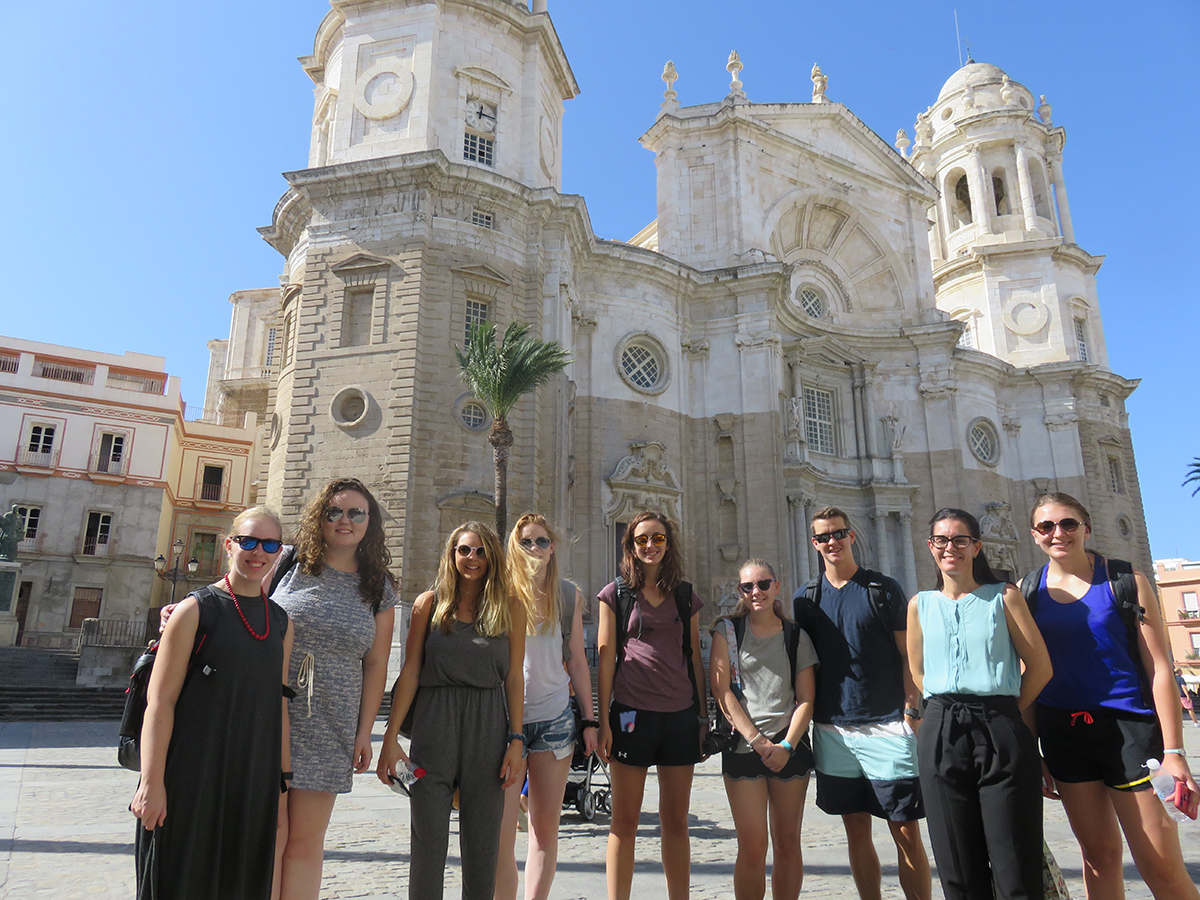Cultural/Social Activities
Throughout the term, the program will organize 1-2 activities per week for its students. Example of some of these activities are going for tapas, watching a live soccer match, ceramicworkshop, etc.
Trips
Every semester we include weekend trips to Granada (included in program costs) and Morocco (not included in program costs). We usually offer a third weekend trip to Portugal (not included in program costs).
We also offer a number of day trips. Ronda, Itálica, and Córdoba are offered every semester (spring and fall) and are included in program costs. Here's a list of trips that we have offered in the past:
Day Trips:
- Ronda
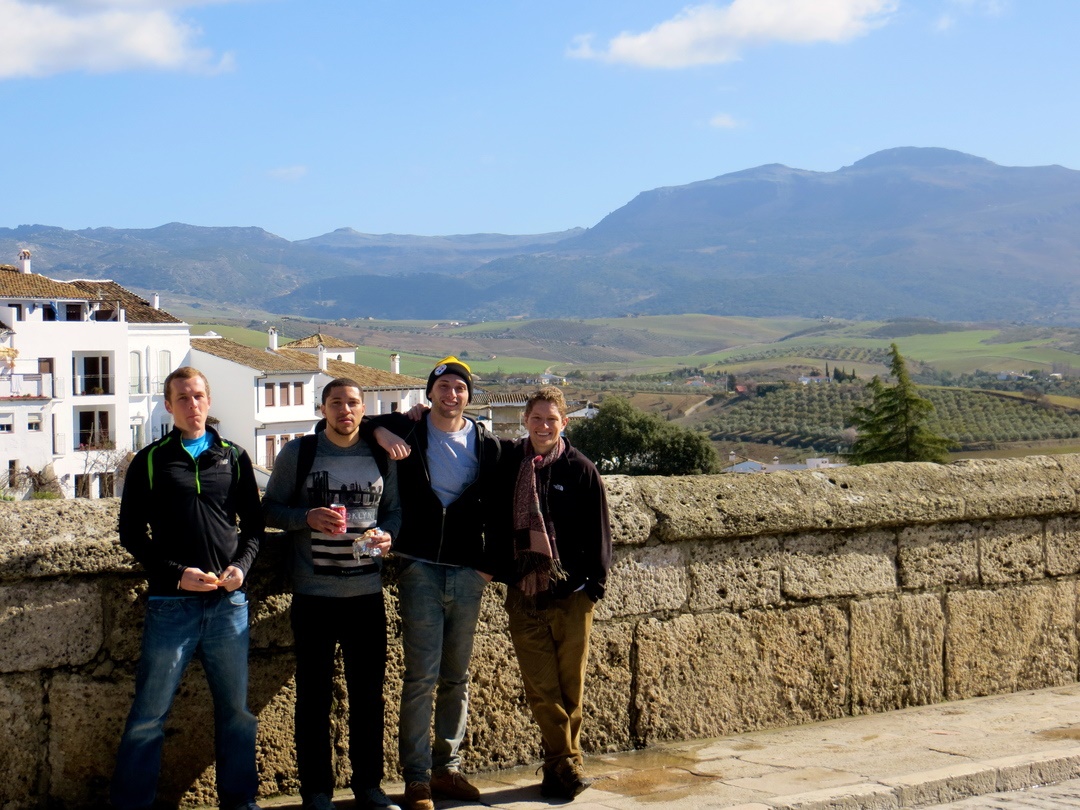
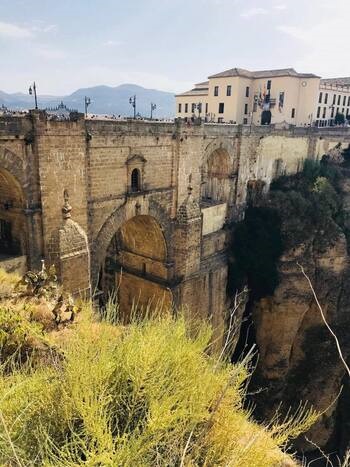
As one of the oldest towns in Spain you'll find history around every corner in Ronda. There are traces of Ronda's origins from the Neolithic age, through the era of the Romans, the Arab age and the conquest of the ancient city by the Catholic Monarchs in 1485 through to the 19th century when Ronda was best known for the banditry in the surrounding hills and the origins of bullfighting in the Ronda bullring which still stands. - Aracena
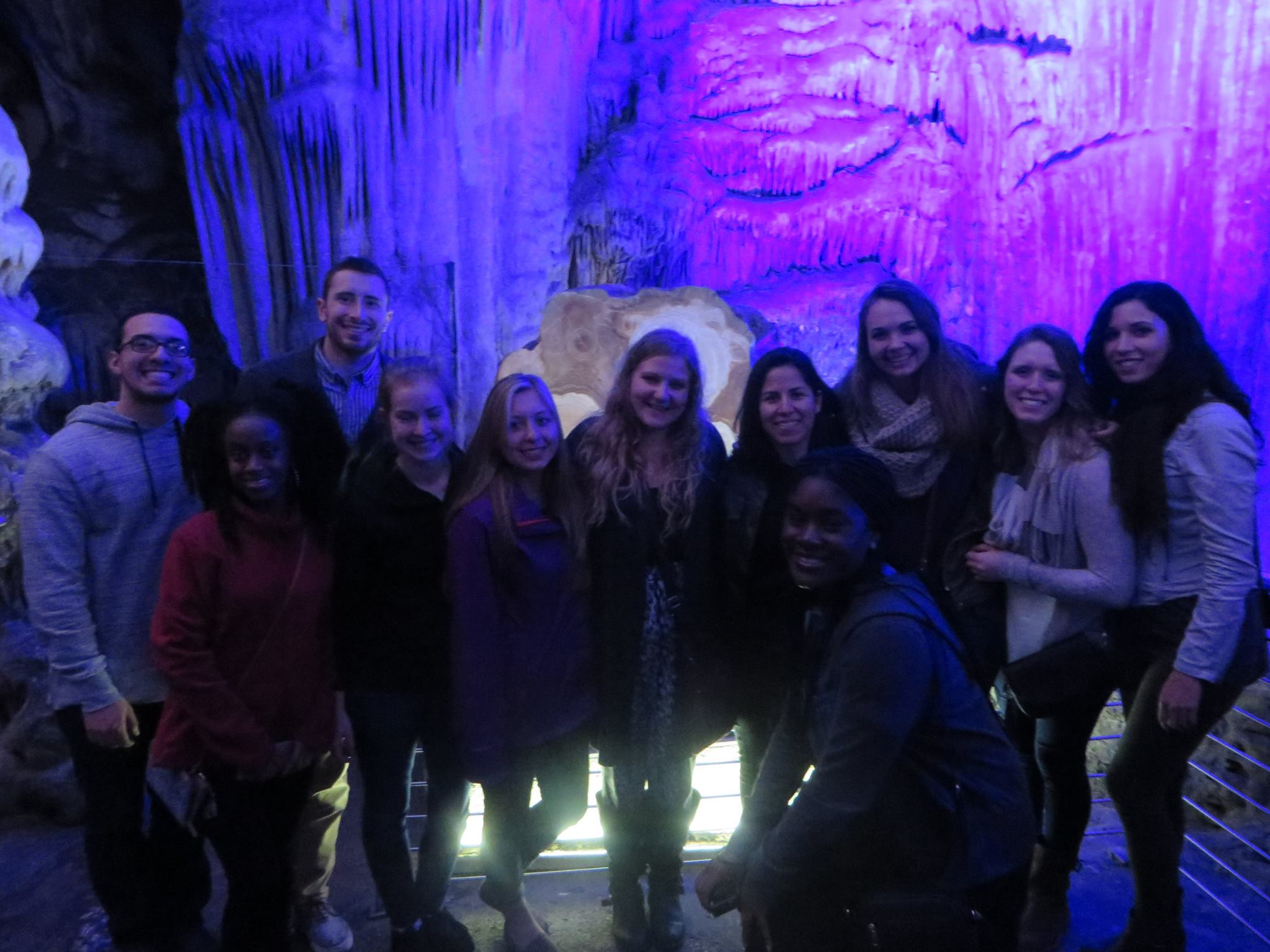
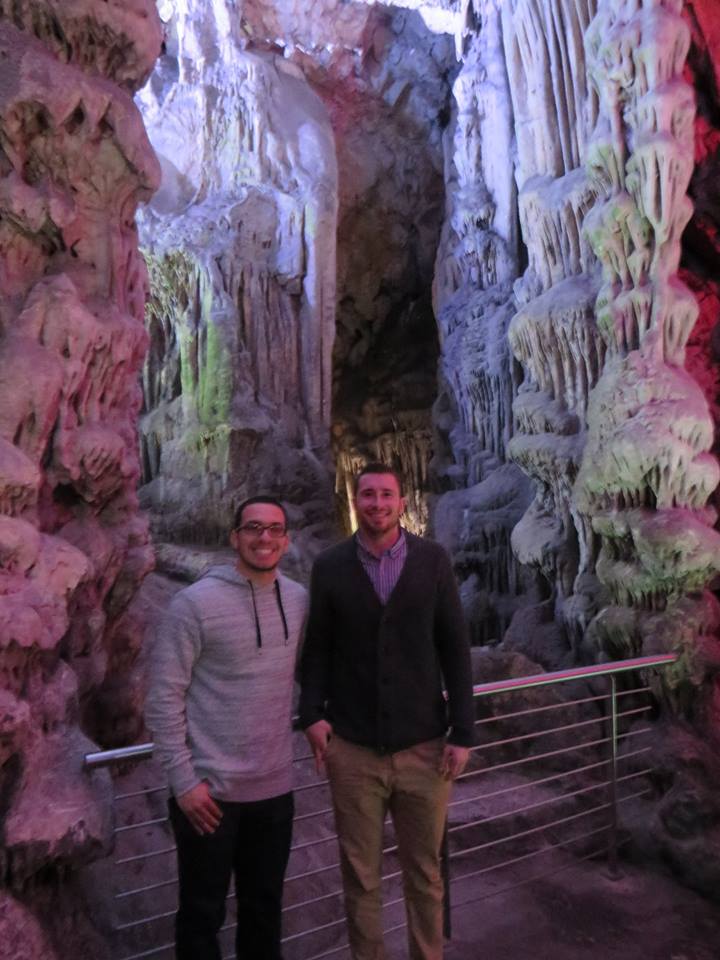
Aracena is a small town located in the province of Huelva. The historic quarter, declared a Cultural Object, and the "Gruta de las Maravillas" are the main attractions.
The "Gruta de las Maravillas", with beautiful stalactites and stalagmites, which at 1,500 metres is one of the longest caves in Spain. Inside the "Gruta" we find twelve halls and six lakes.
- Córdoba
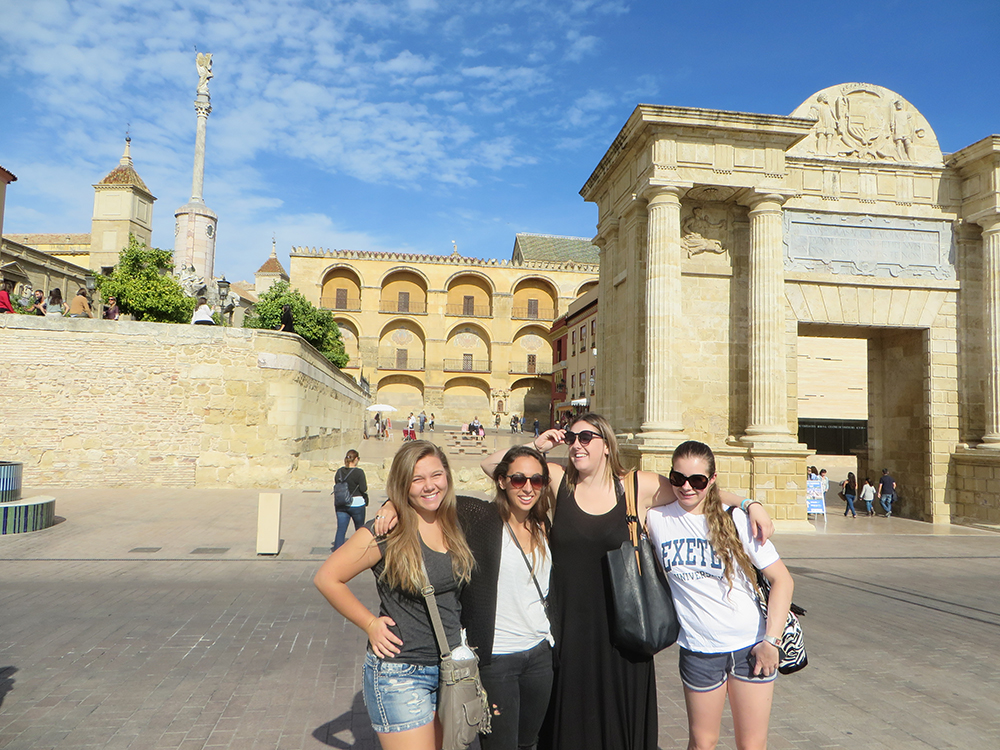
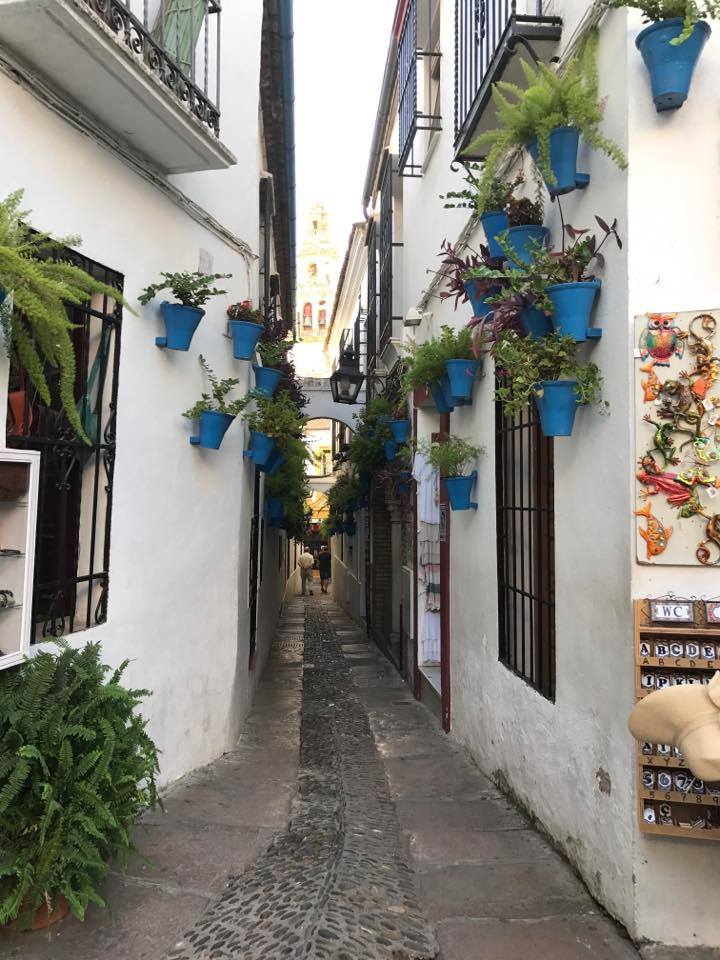
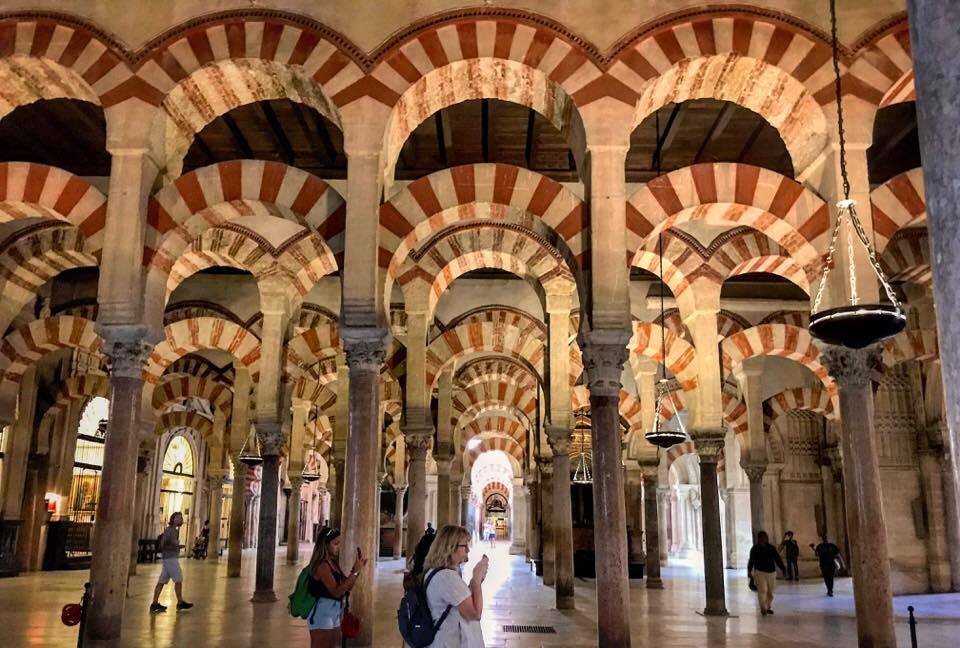
In Roman times, Córdoba had more cultural buildings than Rome. It was the capital of the province of Hispania Baetica. Remains of the Roman Temple built by Claudius Marcellus, the Roman Bridge and other Roman remains can still be seen around the city.
Córdoba was conquered by the Moors in 711, and Moorish influence can still be felt in the city.
The most important monument in the city is the former Mosque (the 3rd largest mosque in the world).
- Gibraltar
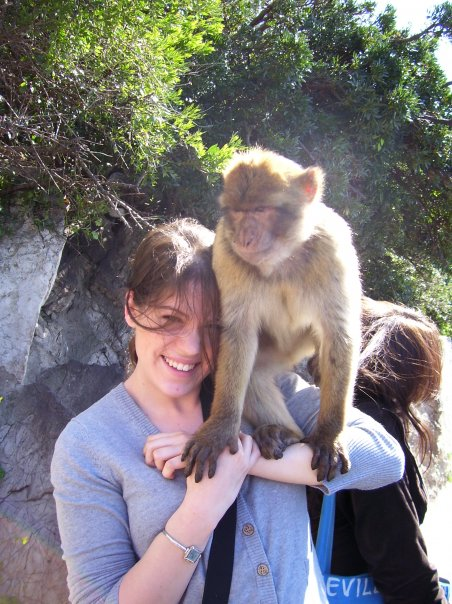
Located in the most Southern point of Spain, the rock of Gibraltar occupies a strategic position at the eastern entrance to the narrow straight and guards the only exit from the Mediterranean to the wide ocean beyond. Gibraltar has been in the historical limelight for over 3,000 years.
It was during the capture of Gibraltar by the Castillians (1309-1333) that the streets of the lower town were constructed and Gibraltar became a substancial city.
Gibraltar became a British garrison in 1830 (During the War of the Spanish Succession) and was declared a colony. Since then Britain and Spain have have had many disputes over the territory.
Among its many tourist attractions one of the main ones is to visit the monkeys on the rock. Nobody knows how the famous tailless Macaques came to be on the Rock.
- Itálica
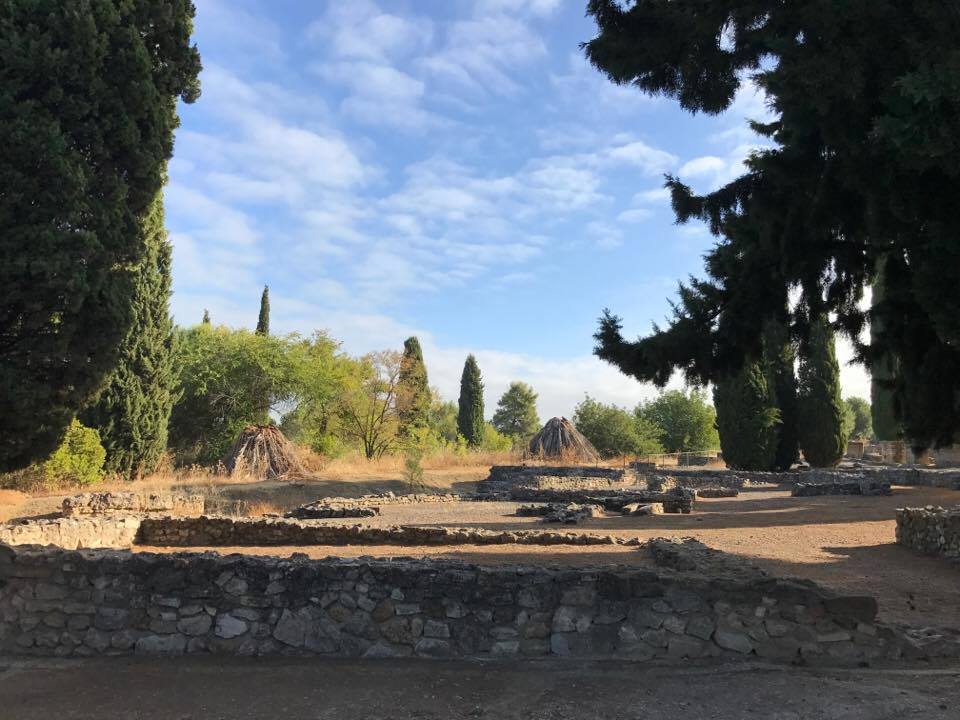

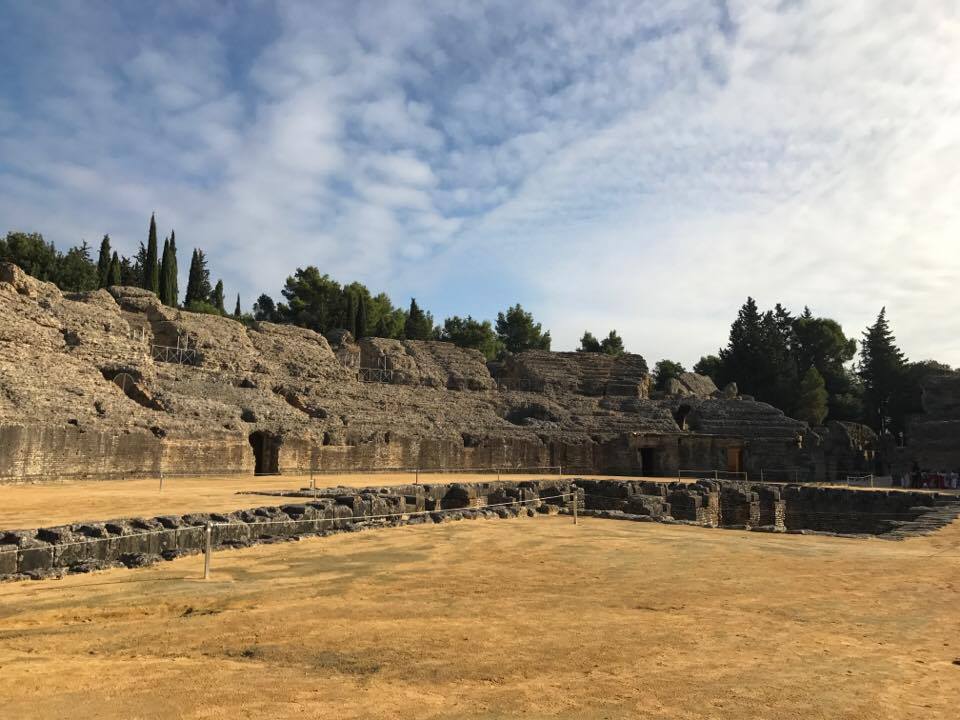
Founded by General Publius Cornelius Scipio (he was later known as Scipio Africanus) in 206 BC next to a Turdentian settlement, 7 kilometers from Seville, It demonstrates wonderful examples of Roman architecture, mosaic work and city layouts. Italica was one of the first Roman towns in Spain.
- Jerez
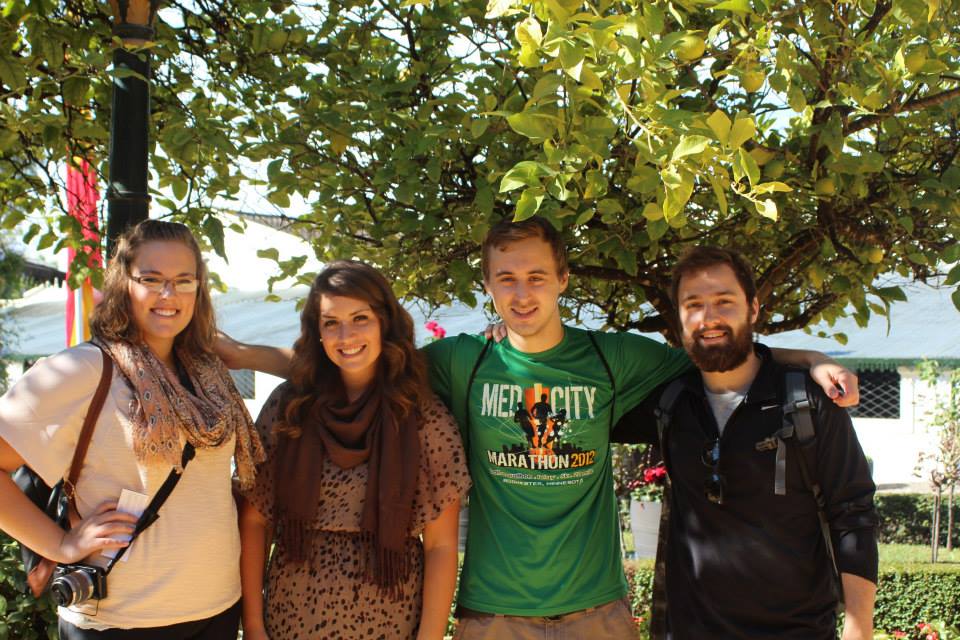

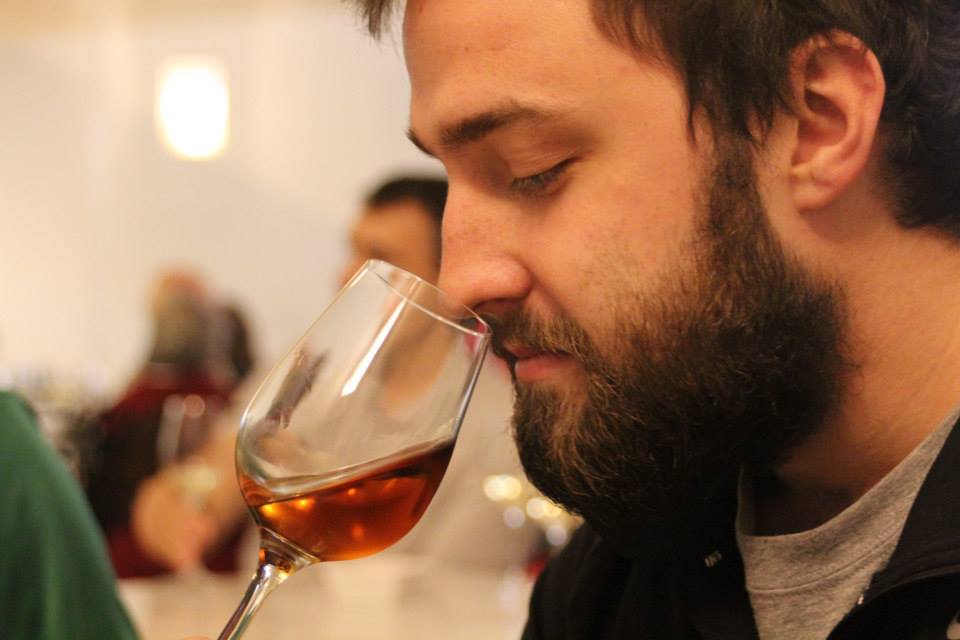
Spend the day in a unique town where we will take you to the one of the most famous wineries we have in Spain, González Byass. Learn the process of how they make sherry wine and its history.
González Byass is one of Spain's most well-known sherry bodega. Its origins can be traced to 1835 when the business was started by Manuel María González Angel, who was subsequently joined by his English agent, Robert Blake Byass. The González family assumed sole control of the business in 1988. The firm produces the world known sherry Tío Pepe.
Not only was the Gonzalez family at the forefront of sherry winemaking, they’ve also participated in the introduction of the polo game in Spain, the first grass tennis court, the installation of the first electric lighting and running water in the plant, the first train project in Spain as well as numerous other industrial and cultural innovations.
- Cádiz (Beach trip)
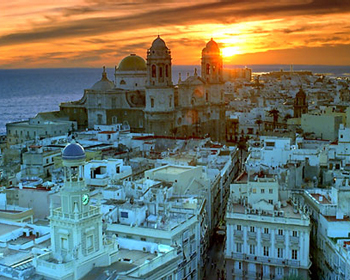
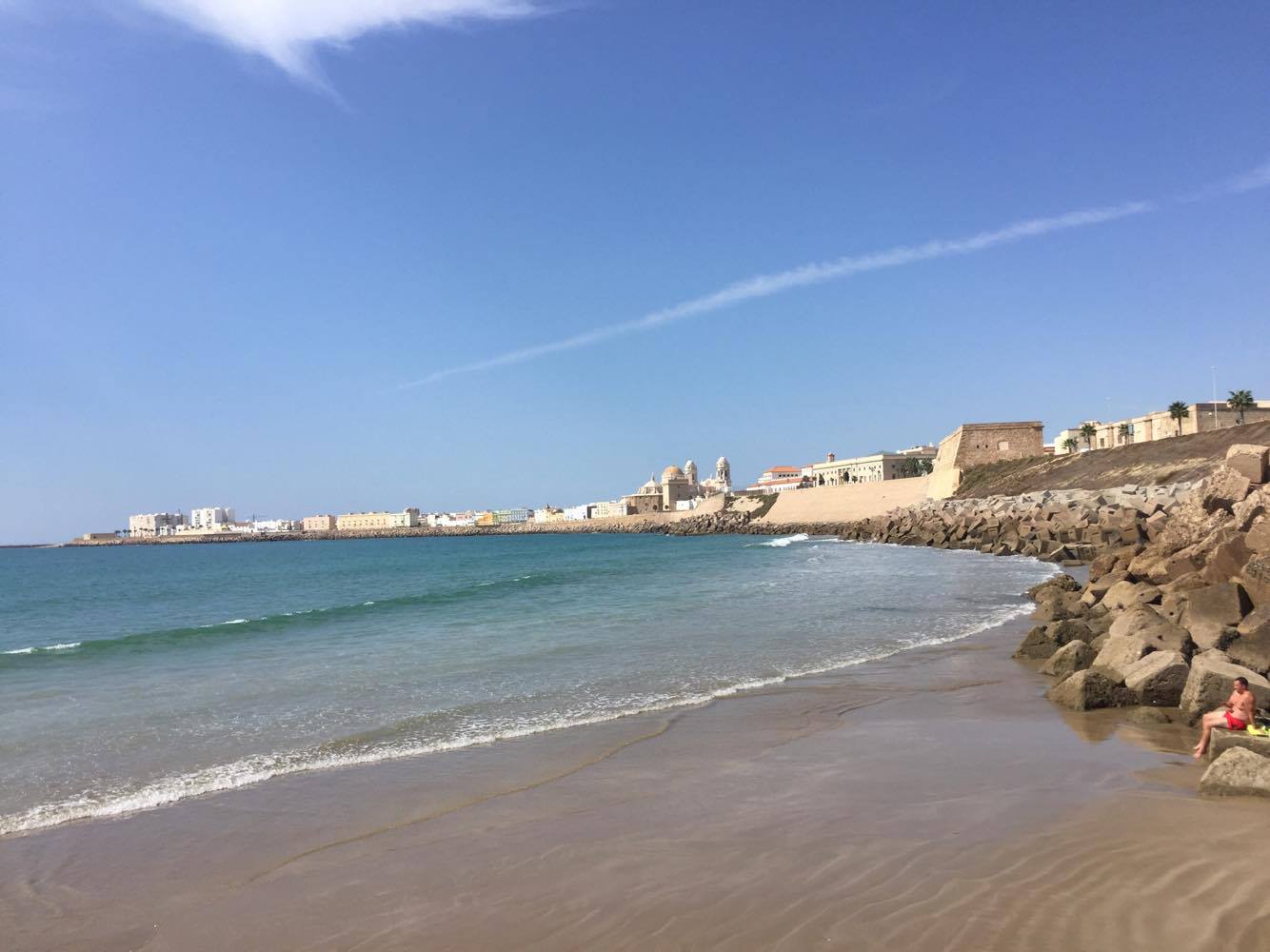
Cádiz is the oldest continuously-inhabited city in Spain and one of the oldest in southwestern Europe. The “Tacita de Plata” was founded in 1100 B.C. by the Phoenicians, a seafaring people who turned Gadir into an important trading colony where the Carthaginians, the Romans, the Visigoths and the Muslims would all subsequently settle. An open, cosmopolitan city, it sport was chosen by Columbus as the point of departure for his second voyage to the New World. The city would then become, after the decline of Seville, the port to The Indies, drawing the flow of trade with the American Continent. This frantic commercial activity then brought about an era of economic, cultural splendour, when Baroque palaces with their characteristic towers offering amazing views were built.
Havana is Cadiz! A stroll along the Cadiz sea front, from La Caleta to the Campo del Sur, will remind the visitor of the image of the avenue the Malecón in Havana, as there are many similarities between Cadiz and Latin American cities, thanks to the constant flow of people travelling between Cadiz and the New World. The cathedral in Cadiz is a good example of this influence, as are several of the manor houses and the towers with their views which grew up in the midst of old Cadiz’s cityscape during the expansion into America.
Weekend Trips:
- Madrid
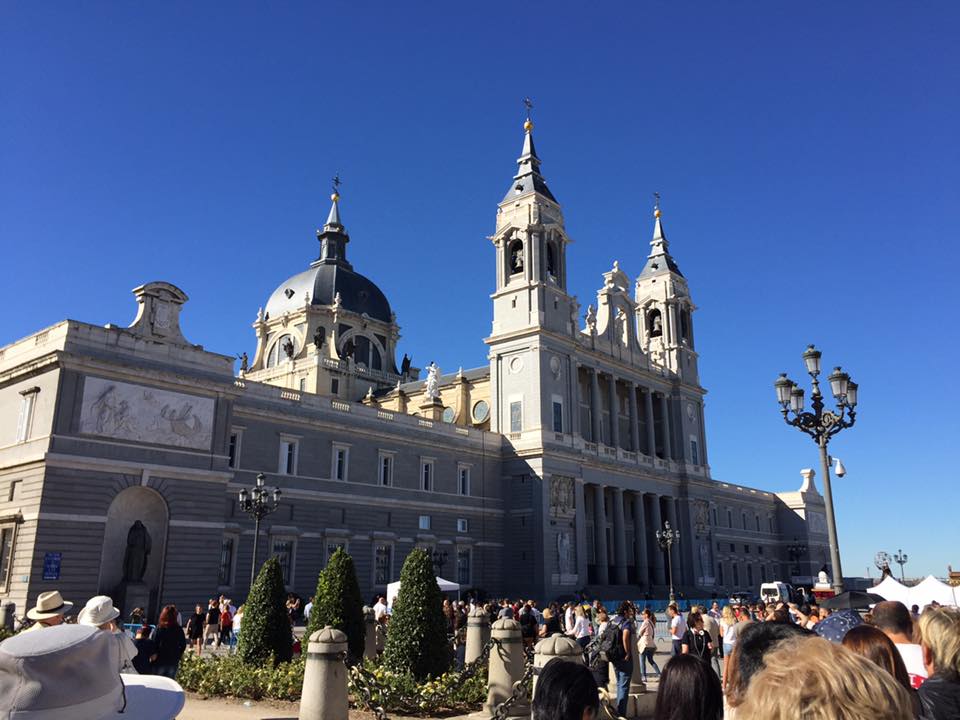
The capital of Spain, located in the heart of the Iberian Peninsula and right in the center of the country, with a population of over three million people, and the home of the Spanish Royal Family.
Madrid, originally called Mayrit, was founded by the emir of Córdoba Muhammad at the end of the 9th century. During the Reconquest of Spain by the Christians, Madrid passed from Muslim to Christian hands several times, it was the origin of the mixture of cultures which characterizes the city still today.
The present location of Madrid, in the centre of Spain, was established by the king Alfonso I in 1083.
What remains today of the distant past are mainly Baroque and Neoclassical structures, and buildings of the 17th and 18th centuries, such as “Plaza Mayor”and “Palacio Real" - Lisbon (Portugal)
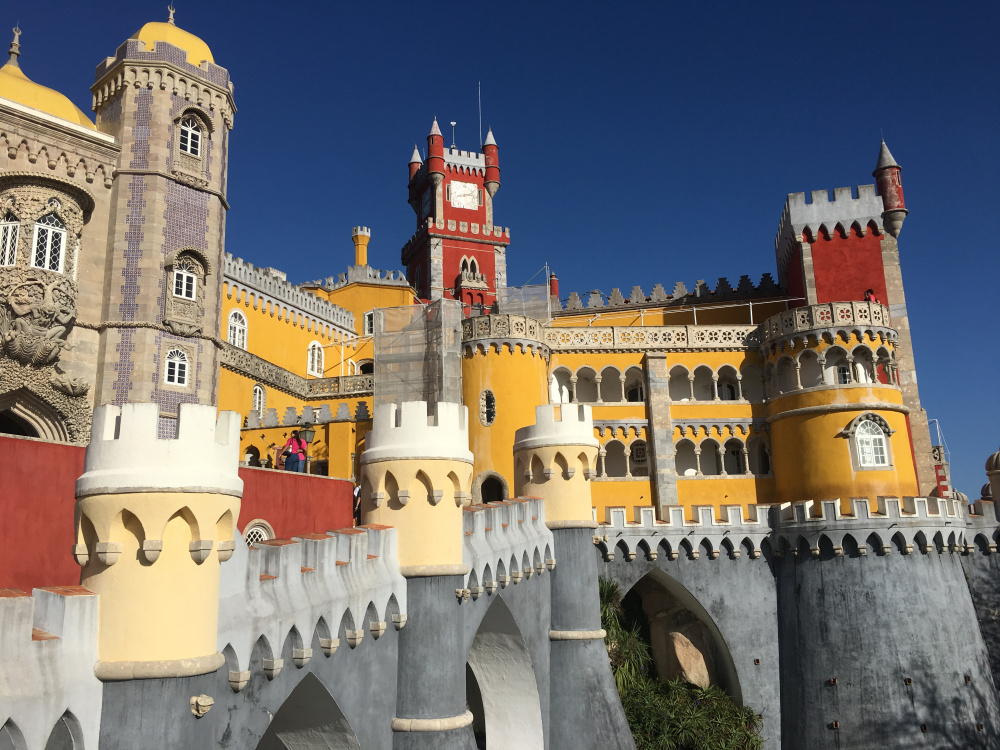
The capital of Portugal since its conquest from the Moors in 1147, Lisbon is a legendary city with over 20 centuries of History. The Alfama is one of the oldest quarters in Lisbon.
Once the launch pad for many of the voyages of discovery (notablyVasco da Gama's epic journey to India), Lisbon was the first true world city, the capital of an empire spreading over all continents, from South America (Brazil) to Asia (Macao, China; Goa, India). It is forever known as the city of the explorers.
- Morocco (Africa)

In Morocco, we visit the cities of Tangier, Asilah, and Chefchaouen.
Tangier is a city in northern Morocco. It lies on the North African coast at the western entrance to the Strait of Gibraltar where the Mediterranean meets the Atlantic Ocean of Cape Spartel.
Asilah is a fortified town on the northwest tip of the Atlantic coast of Morocco. Its ramparts and gateworks remain fully intact. Its history dates back to 1500 B.C., when the Phoenicians used it as a base for trade. This town has been occupied since than by the Portuguese (1471), the Spaniards (1912), and now the Morrocans.
Chefchaouen is a city in northwest Morocco. It is the chief twon of the province of the same name, and is noted for its buildings in shades of blue. The city was founded in 1471, as a small fortress which still exists to this day, by Moorish exiles from Spain to fight the Portuguese invasions of northern Morocco. In 1920, the Spanish seized Chefchaouen. Spain returned the city after the independence of Morocco in 1956
- Granada
Granada is situated in the eastern part of the region of Andalusia. Its unique history has bestowed it with an artistic grandeur embracing Moorish palaces and Christian Renaissance treasures. As the last Moorish capital on the Iberian Peninsula, it also holds great symbolic value.
The Alhambra, a Moorish citadel and palace, is in Granada. It is the most renowned building of the Andalusian Islamic historical legacy with its many cultural attractions that make Granada a popular destination among the touristic cities of Spain.
The Almohad influence on architecture is preserved in the area of the city called the Albaicin with its fine examples of Moorish and Morisco construction.
Granada is also well known for the Sierra Nevada Mountains where you can ski. This is Europe’s most southerly ski resort and it is small in comparison to other European resorts.
- Lagos (Portugal)
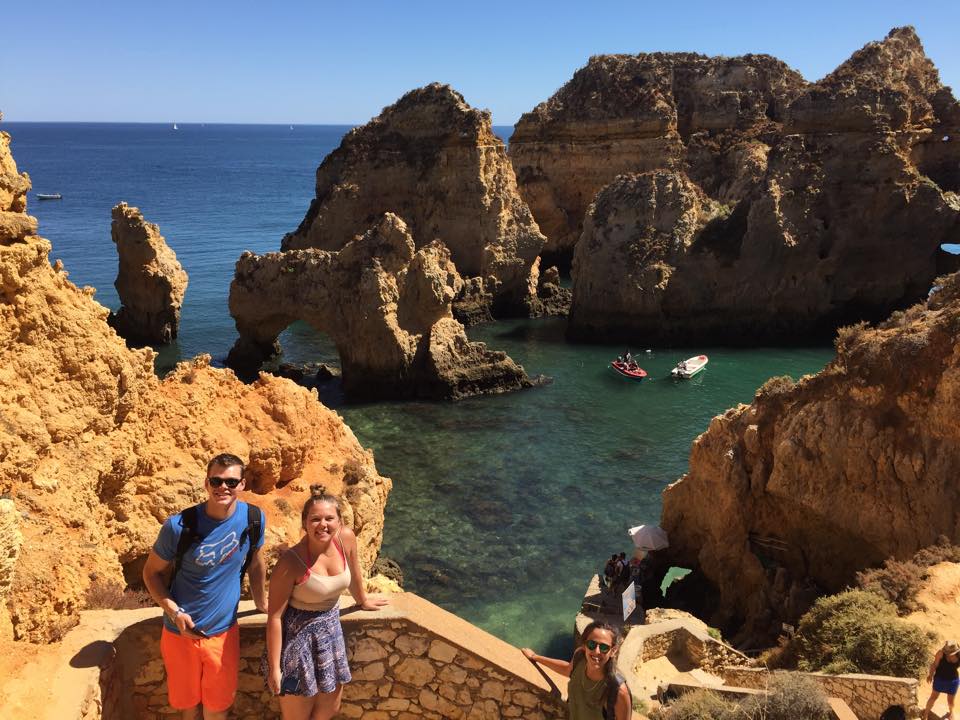
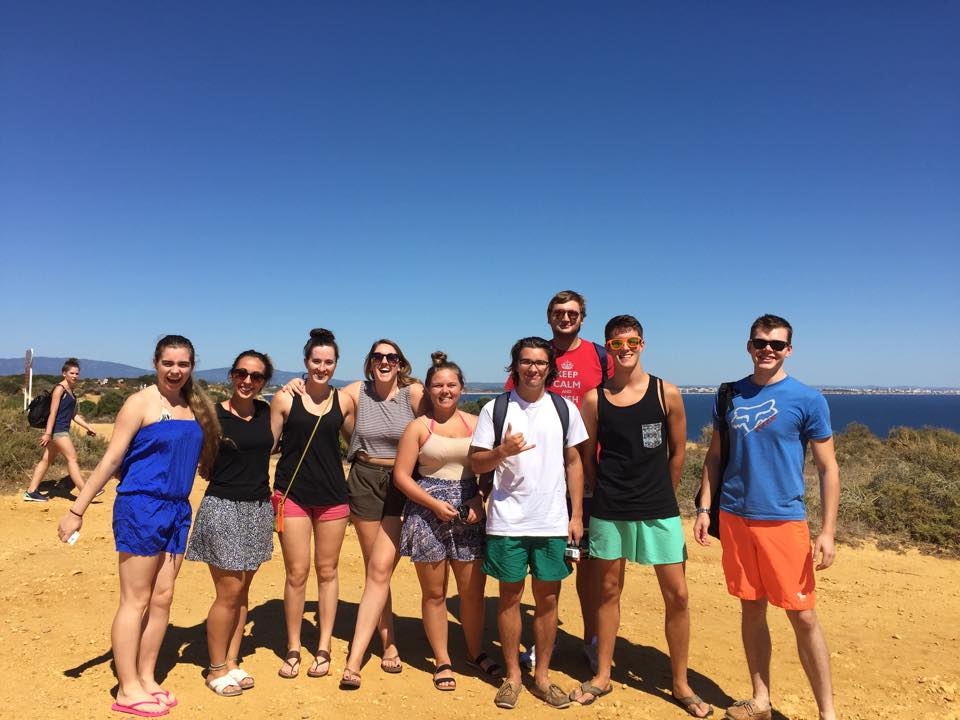
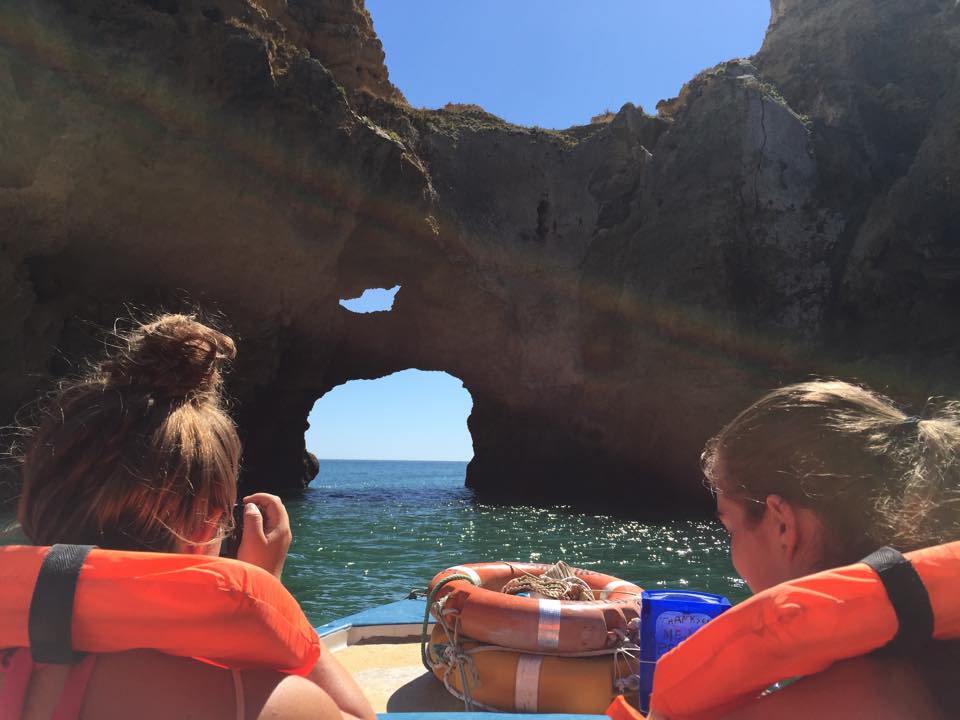
Lagos is located in Southern Portugal in the region of Algarve and has some of the most beautiful beaches in Europe. This will be a great ooprtunitty to spend a relaxing weekend on the beach. The area offers many exciting activities such as surfing, biking, sailing, etc…
Volunteering
Please visit our website here to learn more.
Intercambio Program
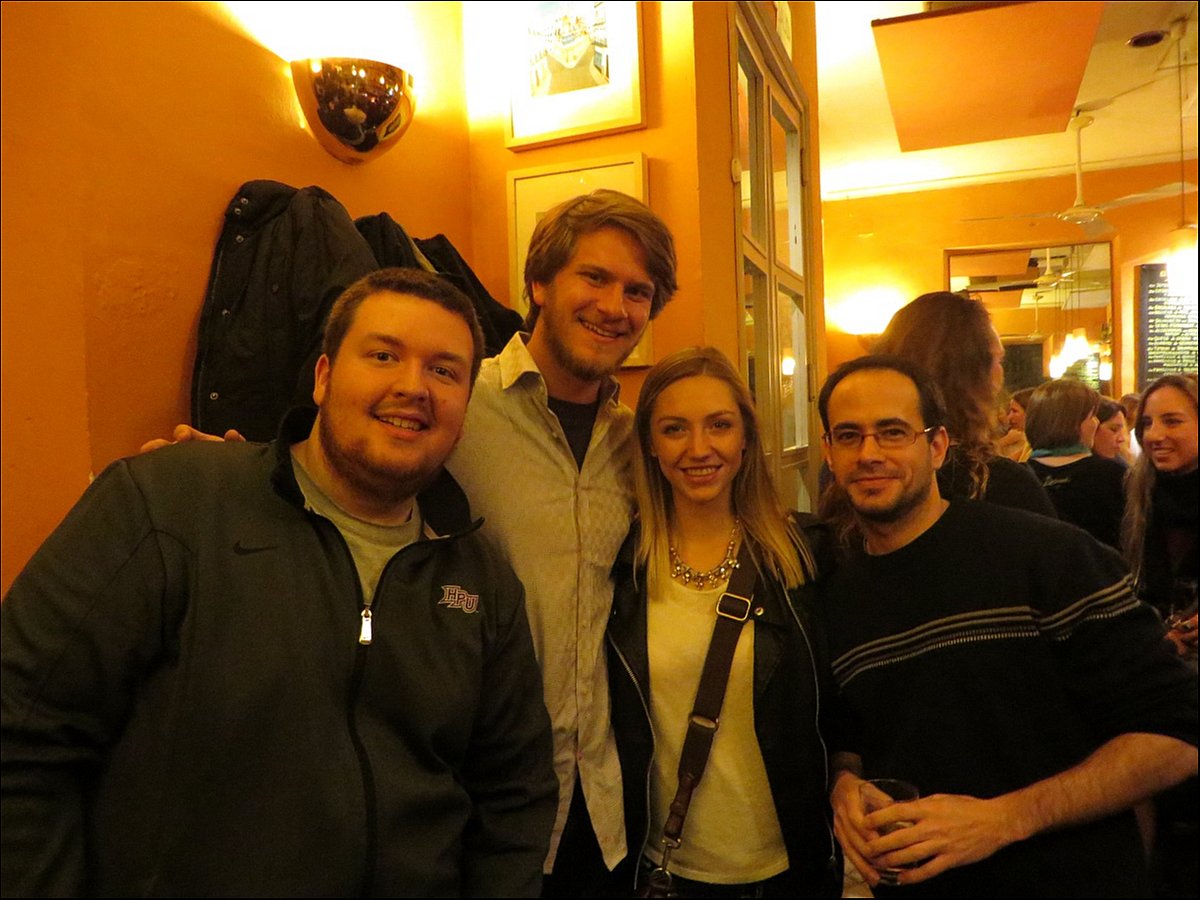
We offer a language exchange service, the “Intercambio Program”. Students interested please contact the Director, Ms. Samantha Chipres, once in Seville.

